
“Behold, I show you a mystery,” Saint Paul wrote in one of his epistles, talking of grave and final but miraculous things. The sacraments of the Catholic Church too are holy mysteries—none more so than the Eucharist. At the climax of the Mass, the act of transubstantiation turns bread and wine into the literal body and blood of Christ. Or so devout Catholics believe.
The photographer Alberto Maserin has observed a corollary transformation that accompanies this profound ritual of the Church, one that he captures in this series of pictures he has entitled “Et Nunc,” which is Latin for “And now.” It is the way an ordinary human being becomes the priestly central character in the drama of the Mass. “Over the years,” says Maserin, “I have met a lot of clergymen with all very different characters—gentlemen, intellectuals, bigoted, rude, modern etc. But once they were in the act of celebrating Mass, I found it very difficult to dissociate what they represent from who they are.” It is a kind of transubstantiation itself, as Maserin portrays in the moments he captures, simultaneously earthly and ghostly, of priests preparing for Mass. Behold, he shows you a mystery.
Though he now lives in Belfast, Northern Ireland, Maserin was born and raised Catholic in Italy. Priests and clergy were part of everyday life, not just at church but in school and in daily life, with all sorts of personalities, fatherly, avuncular, strict, funny. That is, until it came time to put on the robes and vestments for the Sacrament of the Eucharist. “We were a gang of very chaotic youths, like anybody else between six and 11,” he recalls. But somehow they all behaved when it came time to approach the altar. “Something magical was happening in front of us,” he recalls, marked by the fact that “the priest had to dress in such unusual clothes.” (It also helped, he recalls, that afterward they all got comic books for behaving.)
Nevertheless, Maserin never lost his sense of awe at the transformation of man into priest as empowered by the institution of the Church. “When the priest puts on his vestments,” he explains, “who he was before the mass, all his individuality and personality, disappears. He is transformed into somebody that could have stepped right out of the Middle Ages. It’s like he travels back in time to a different world when the power of the Church was much greater and it was the center of all education and power in Europe.”
And perhaps it is not all in the past. The power of the Mass for many Catholics is its timelessness. That is something that Maserin refers to in the words “Et Nunc.” They are taken from the Gloria Patri, the great doxology of the Church, the mighty blessing issued from the altar: Glory be to the Father and to the Son and to the Holy Ghost, as it was in the Beginning… Et nunc, et semper, et in saecula saeculorum.” That is, “is now and ever shall be, world without end.” Amen.
Alberto Maserin graduated from the University of Ulster in Belfast in 2011. His work has been published in Source magazine and it was selected for the Belfast Photo Festival and Hereford Photography Festival in 2011. He is co-founder of the Belfast Photo Factory, a non-profit collective created with the purpose of providing an environment for photographers and promoting photography through interaction with local communities.
Howard Chua-Eoan is the News Director of TIME and TIME.com. Find him on Twitter at @hchuaeoan.


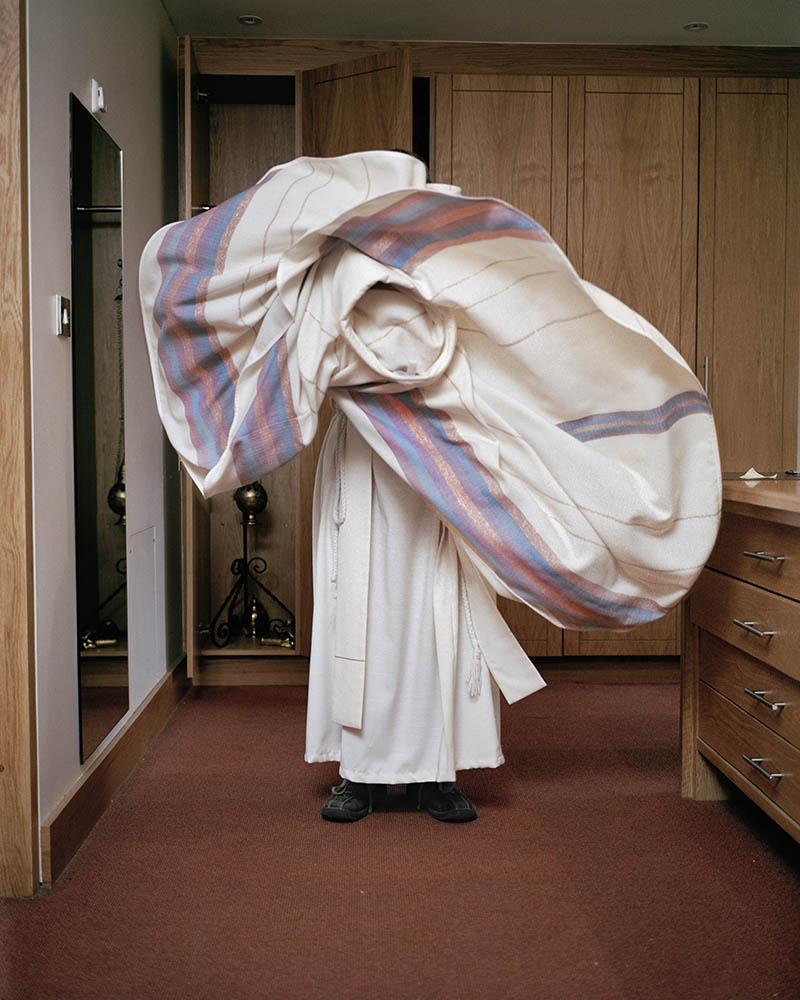
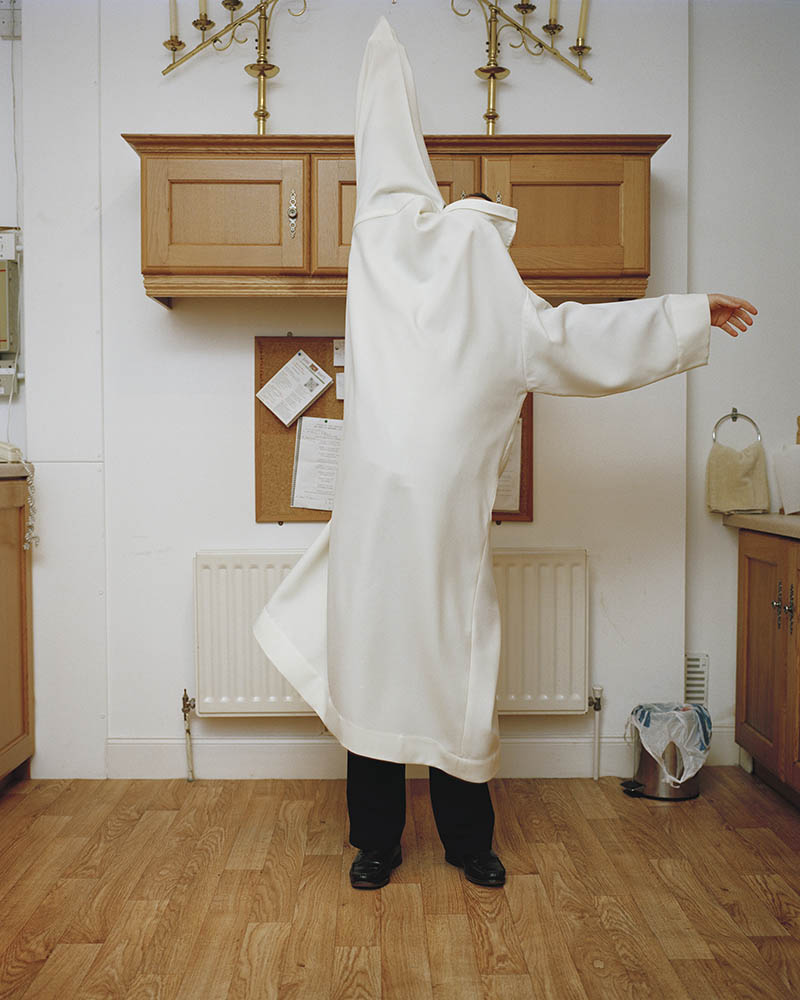

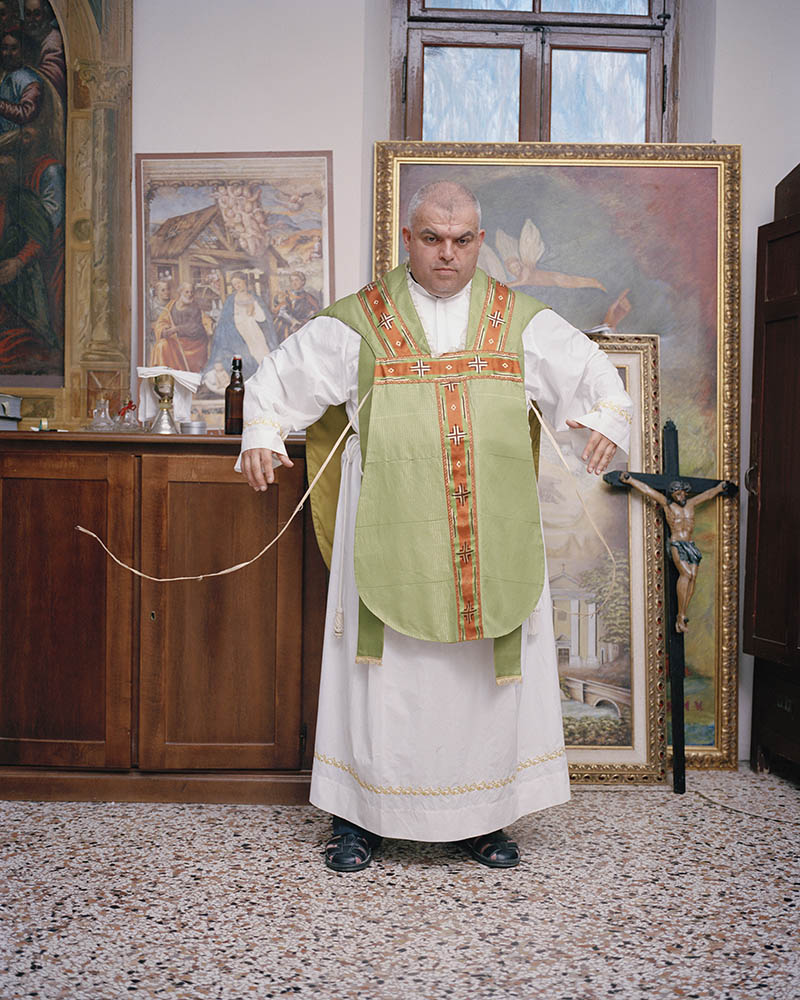

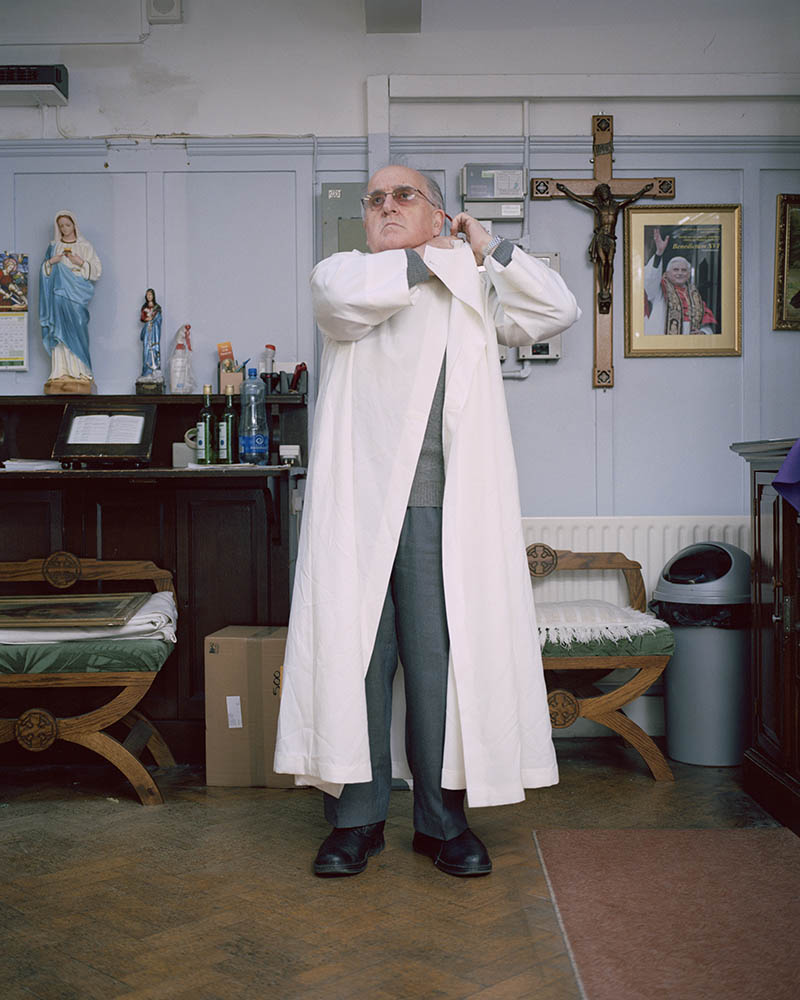


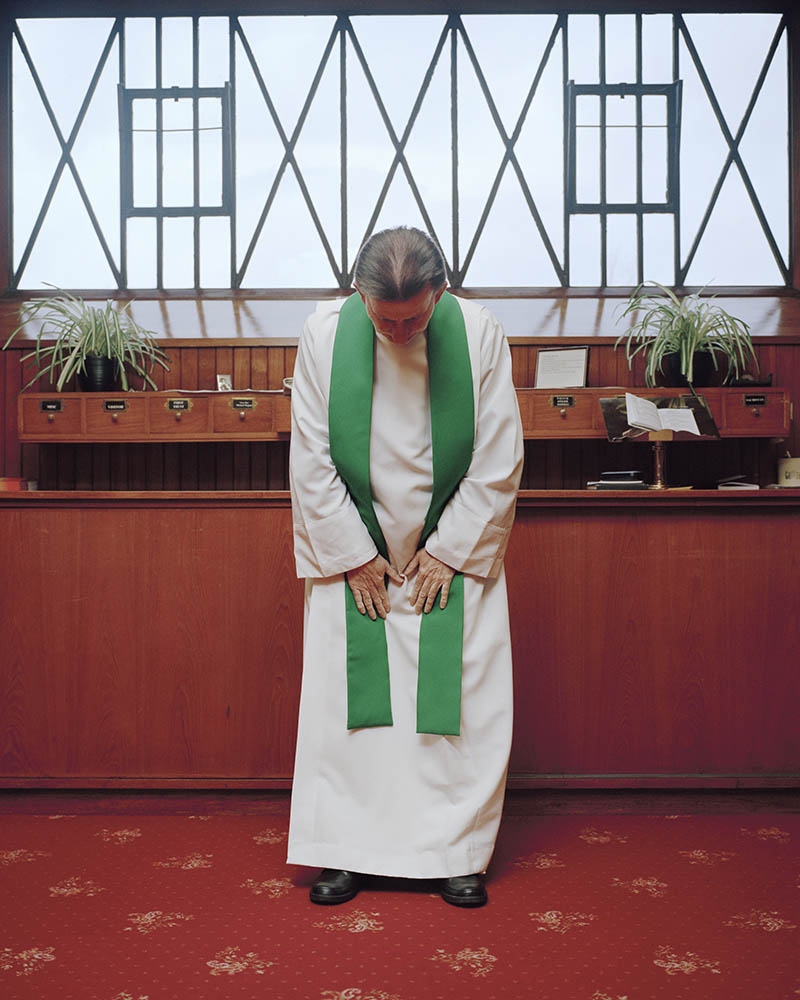
More Must-Reads from TIME
- Donald Trump Is TIME's 2024 Person of the Year
- Why We Chose Trump as Person of the Year
- Is Intermittent Fasting Good or Bad for You?
- The 100 Must-Read Books of 2024
- The 20 Best Christmas TV Episodes
- Column: If Optimism Feels Ridiculous Now, Try Hope
- The Future of Climate Action Is Trade Policy
- Merle Bombardieri Is Helping People Make the Baby Decision
Contact us at letters@time.com